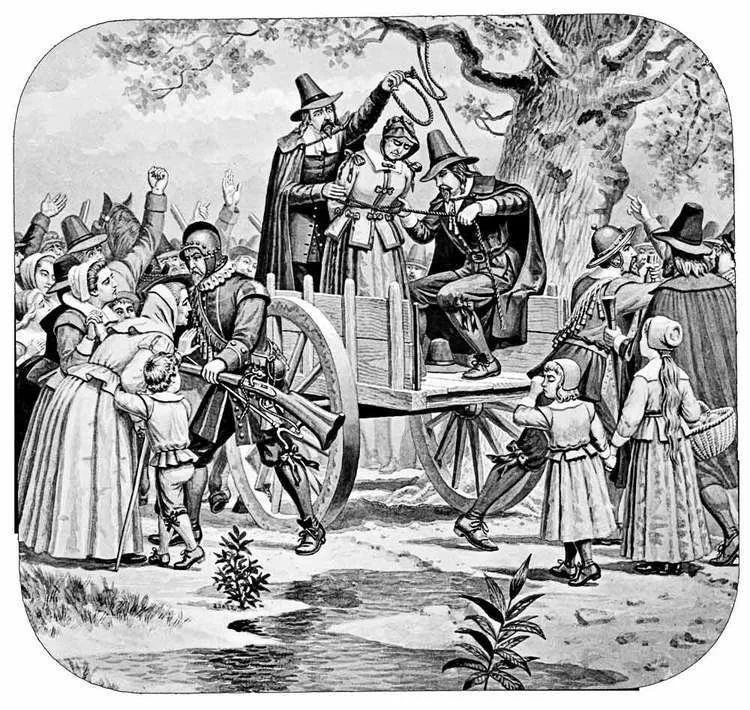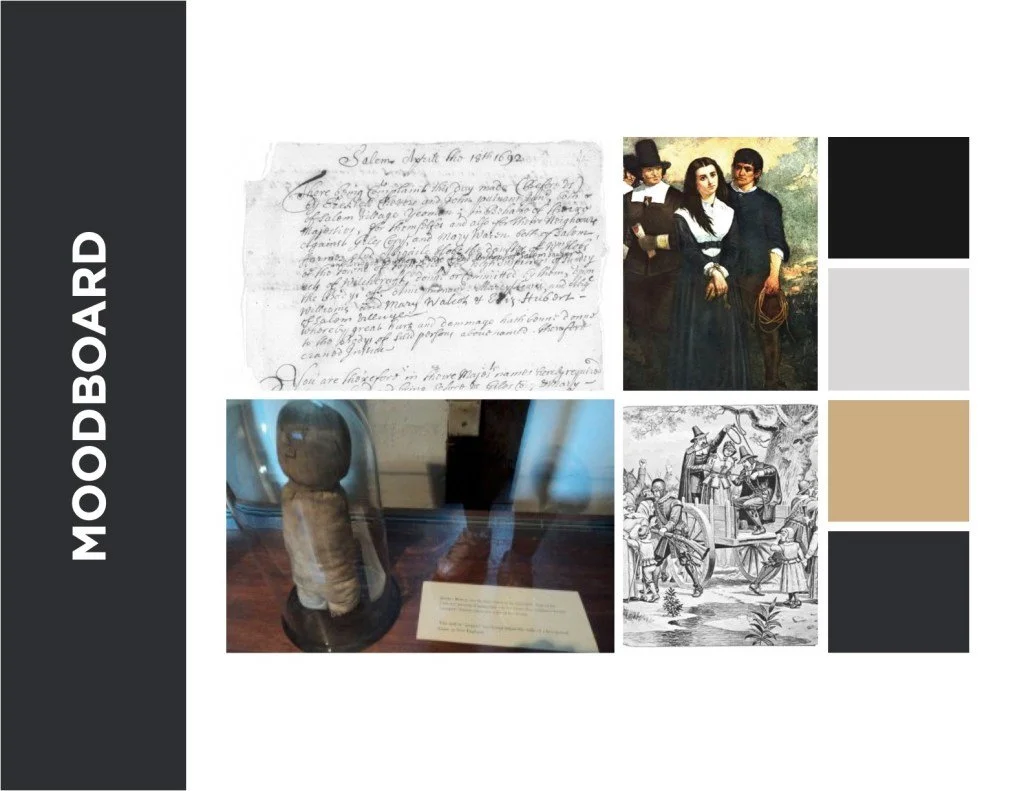Whispers from Salem: How Rumors from Five Girls Turned Into a Witchhunt
“You will keep silent.” Historians disagree on whether these were Bridget Bishop’s final words at her execution. Bishop was the first accused witch to be hanged in the Salem Witch Trials of 1692 and the quote is often referenced as her final words, but it isn’t contained within any records.
Historians and fanatics alike have grasped at straws searching for answers to the many questions surrounding the Salem Witch Trials, but every answer brings more questions. Although many records were destroyed or removed, there are several surviving documents from the court proceedings. Bridget Bishop’s records happen to be one of the most intact sets of documents, from her arrest warrant to the order for execution. In 1977, Paul Boyer and Stephen Nissenbaum published a volume of transcriptions of surviving documents from the trials, entitled The Salem Witchcraft Papers: Verbatim Transcriptions of the Court Records (now also available online).
Most accusations included testimony from those “afflicted” by convulsions about torture by invisible persons. The afflicted were asked to name the unseen culprit behind their torment in court proceedings. They described their tormenters as apparitions flying about the meeting hall. At the time, it was believed witches appeared to their victims in visions, and this evidence was sufficient for conviction and, for some, execution.
I’d like to explore the use of gossip, rumors, and visions to convict the accused witches of Salem. The first five accusers were all girls between the ages of 9 and 17: Annie Putnam (12), Mercy Lewis (17), Elizabeth Hubbard (17), Betty Paris (9), and Abigail Williams (11). Reportedly, the girls fell into bouts of convulsions, crying out in agony. The girls then claimed the specters of Sarah Good, Sarah Osborne, and Tituba tormented them, pinching and stabbing at their bodies unseen.
Later, “invisible” evidence was banned from court proceedings. Still, twenty-five people died in the trials; nineteen were executed by hanging, one pressed to death, and five others died awaiting trial in prison. In addition, two of the girls (believed to be Mercy Lewis and Elizabeth Hubbard) became “witchfinders” to neighboring communities, using their sudden convulsions as identification for witches.
Artistic interpretation of Bridget Bishop’s execution.
In the coming weeks, I propose an examination of the “invisible” evidence that led to the arrests of more than two hundred residents of the Massachusetts Bay Colony in a mini-documentary, including gossip, rumors, family feuds, and apparitions. Many non-historians identify the accused witches as elderly widows or “hags.” However, many of those imprisoned were married men and women in good standing with the local church. One of the first arrested, Sarah Good, had a five-year-old daughter Dorothy Good who was also arrested for “sundry acts of witchcraft” and later coerced to testify against her own mother while awaiting a trial of her own.
These notes may seem unrelated and utterly sporadic; however, Salem Village was ripe with tiffs between powerful families and religious feuds, dividing the residents in the years preceding the trials. With this mini-documentary, I aim to dive deeper into the socio-economic and religious undertones of a community at war with itself and examine the complex relationships between the accused witches and their accusers.
Some of the features I would like to include in the video are the surviving court documents and written accounts of trial proceedings by the key players. I began research with the podcast Unobscured by Aaron Mahnke which dedicates the first season to uncovering the truth about Salem’s dark history. The History Unobscured site hosted by Aaron Mahnke provides a series of resources for further research into the trials.
How are the Salem Witch Trials relevant today? In the course of less than two full years, more than two hundred people were arrested, and twenty-five died for accusations of witchcraft through hearsay. Today, we continue to use “he said, she said” accounts and personal opinions to craft subjective beliefs about current events. To think a tragedy similar to the Salem Witch Trials is out of the realm of possibilities would be gravely ignorant. (Grave pun intended.)
At first, I believed the project would have minimal sources and information to sort through. However, even with a minimal search through resources, including original court documents, this project tasks me with consolidating massive amounts of research into a digestible mini-documentary. Despite the information available on the subject, there are many questions still to be answered. Sticks and stones may break your bones, but words could have you hanged.
Mahnke, A. (Host). (2018, October 3). Unobscured: The Arrival [Audio Podcast]. Retrieved from https://historyunobscured.com/episode101/.
Mahnke, A. (Host). (2018, October 10). Unobscured: The Outsiders [Audio Podcast]. Retrieved from https://historyunobscured.com/episode102/.
Mahnke, A. (Host). (2018, October 17). Unobscured: By the Book [Audio Podcast]. Retrieved from https://historyunobscured.com/episode103/.
Mahnke, A. (Host). (2018, October 24). Unobscured: The Refugees [Audio Podcast]. Retrieved from https://historyunobscured.com/episode104/.
Mahnke, A. (Host). (2018, October 31). Unobscured: A Higher Power [Audio Podcast]. Retrieved from https://historyunobscured.com/episode105/.
People accused of witchcraft in 1692. A Guide to the Primary Sources of the Salem Witchcraft Trials. (n.d.). Retrieved May 29, 2022, from http://www.17thc.us/primarysources/accused.php?pg=1.
Salem Witch Trials Documentary Archive and Transcription Project. (n.d.). SWP no. 013: Bridget Bishop executed, June 10, 1692. Salem Witchcraft Papers. Retrieved May 30, 2022, from https://salem.lib.virginia.edu/n13.html



